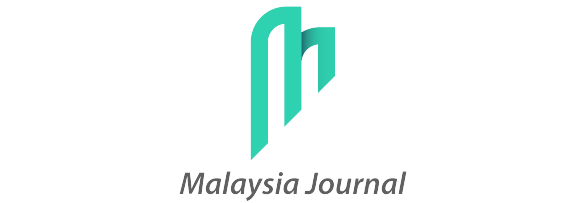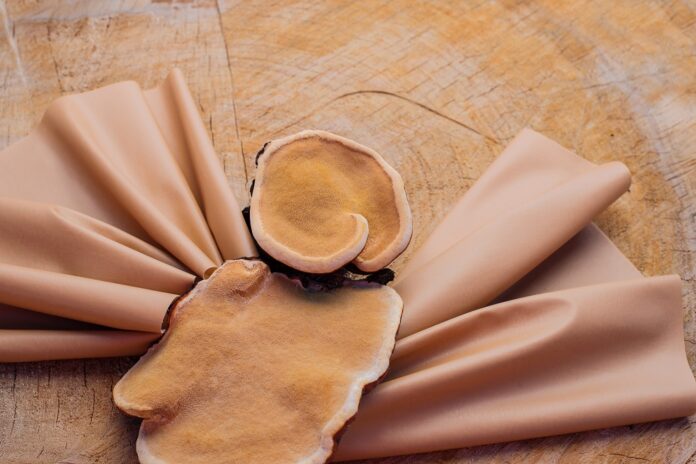Mushrooms could revolutionise fashion sooner than expected. — Shutterstock pic via ETX Studio
PARIS, Jan 18 — Is the mushroom set to revolutionise the fashion industry? Not content with having teamed up on projects with some of the biggest luxury houses, including Hermès, the start-up MycoWorks has just raised US$125 million (RM522.9 million), which should enable it to mass-produce its now famous ‘mushroom leather.’
This alternative to animal leather could become the material of choice for the industry.
The year 2021 was marked by the arrival of new accessories and clothing, mainly sneakers and leather goods, that are more sustainable and environmentally friendly. To do this, the fashion industry has turned to more sustainable alternatives to animal leather.
Cactus, banana, corn, apple, grape, and pineapple, to name a few, are now among the alternatives proposed by brands to minimise or even eliminate the use of animal leather.
Although interesting and convincing, these new materials were upstaged by an unexpected one, based on mushrooms, which has quickly garnered interest from the biggest houses, starting with Hermès and Stella McCartney.
While ‘mushroom leather’ has so far only made rare appearances on the shelves of some luxury houses, as well as a few ready-to-wear and sportswear giants, it could soon become the new must-have material for brands.
That’s what this latest funding round — US$125 million — by biotech company MycoWorks, one of the pioneers in the field, suggests.
It will be used to launch the first large-scale production plant for Fine Mycelium, the innovative technology behind its materials based on mycelium, the vegetative part of the fungus formed from filaments, including Reishi.
Characteristics comparable to leather
Thanks to its patented Fine Mycelium process, MycoWorks is able to produce natural materials with the same characteristics as animal leather, but with less environmental impact.
It’s a technology that seems to have gained approval from one of the most prominent leather goods manufacturers on the planet, Hermès, which has collaborated with MycoWorks to develop a bag composed partially of mushroom fibres.
MycoWorks’ new facility, located in South Carolina, will build on the company’s semi-automated pilot plant in California, which has been in operation for a year, and could produce several hundred thousand square metres of its Fine Mycelium material per year, as the startup itself points out in a statement.
In addition to Hermès, MycoWorks says it already has contracts in place with “a range of major global luxury brands,” without specifying names, and that this large-scale production could make the prices of products based on its Mycelium much more accessible than at present.
MycoWorks is not the only start-up working on ‘mushroom leather.’ The start-up Bolt Threads Inc is behind Mylo, a material also made from mycelium.
By fall 2020, fashion giants such as adidas, Stella McCartney and Kering had set their sights on this technology to be able to offer more ethical and sustainable collections.
In addition, other fashion houses, such as Gucci, have set themselves apart by developing their own sustainable, vegan “leather.”
Meanwhile, France’s National Leather Council (CNC) has made several statements indicating that these alternatives, whatever they are, should not be called “leather.”
“Today, many emerging materials are wrongly called ‘leather,’ because they are visually similar, and thus benefit from the qualitative image of the latter.
The term ‘leather’ refers to a material with specific properties and qualities and should therefore be reserved for the sole designation of leather material resulting from the transformation by tanning of the skin of an animal.”
The idea being that if they are created in a mushroom-based, the bags and shoes of tomorrow will have to be labelled with another name. — ETX Studio


